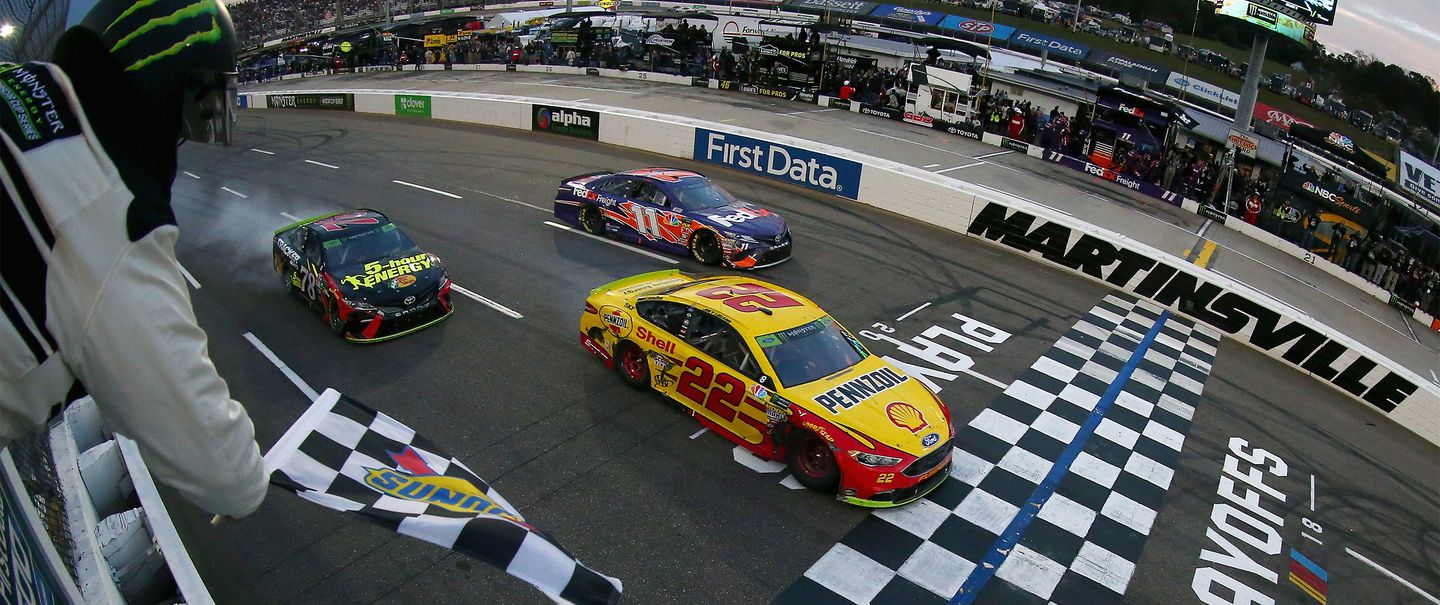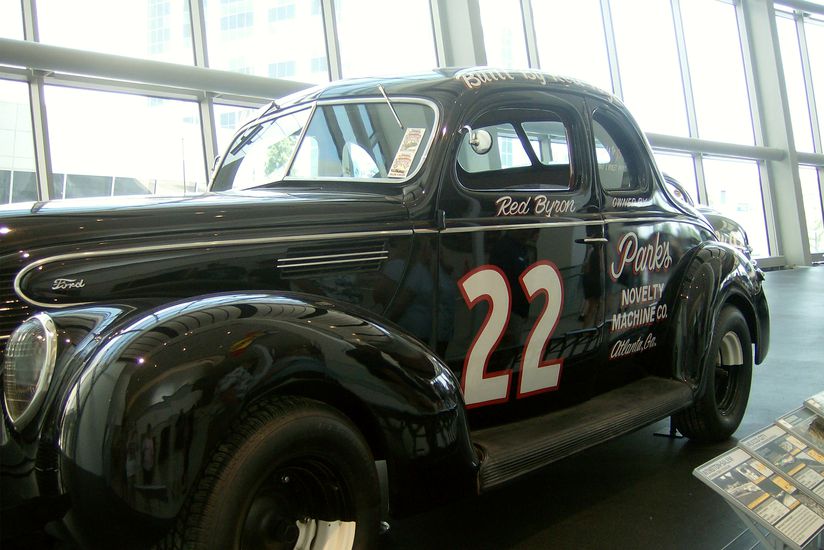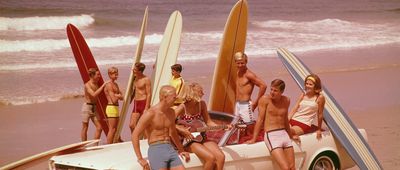Start Your Engines
NASCAR is the biggest name in stock car racing and an America tradition with roots dating back more than a century. The embodiment of America's love affair with the automobile, NASCAR is fast, dangerous, and played for high stakes, just like the lives of the men who pioneered the sport in the early 20th century. A far cry from today's money-soaked, corporate-sponsored, globally televised NASCAR culture, stock car racing's humble roots can be traced to bold, daring men like Junior Johnson who raced souped-up cars with outsized engines, not for trophies, but to stay alive and out of jail. As we near this year's Daytona 500 on Feb. 18, here are some fun and funny details of how the sport got its start.
Related: You Can Drive an Exotic Sports Car at These 19 Race Tracks


























